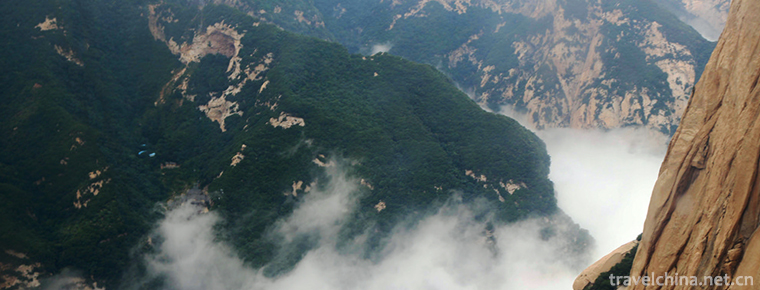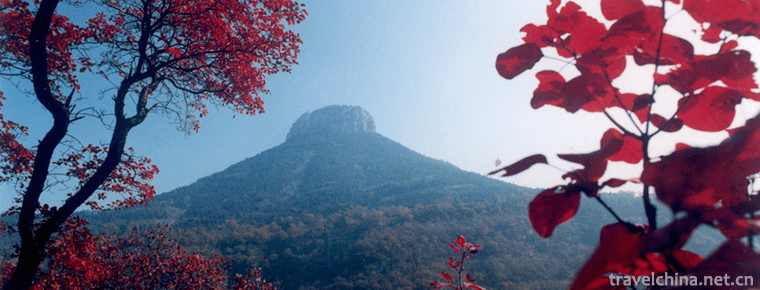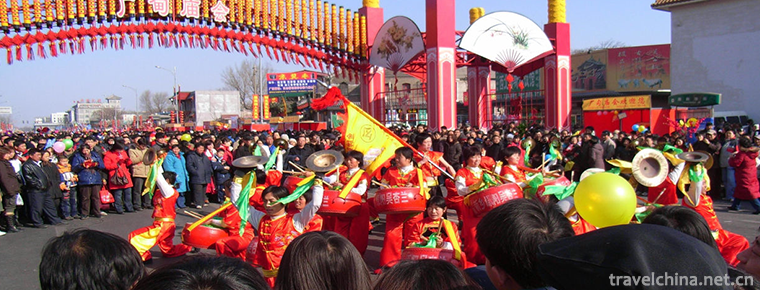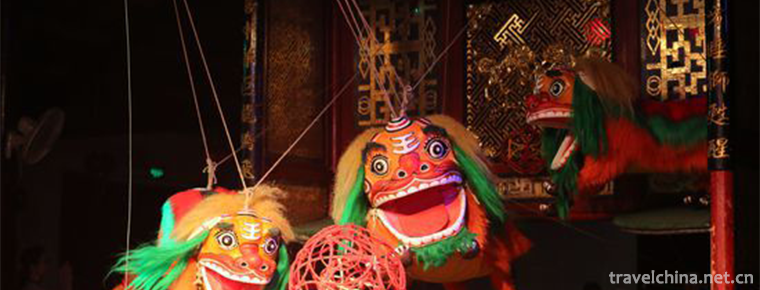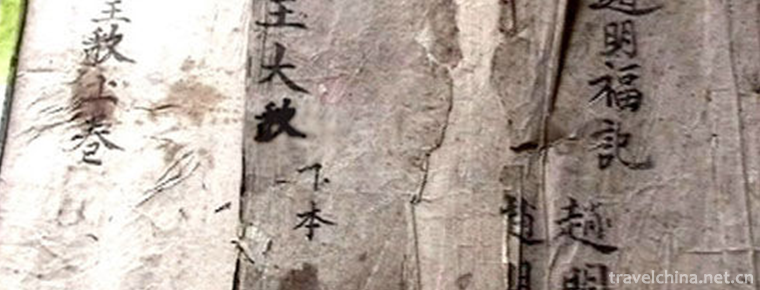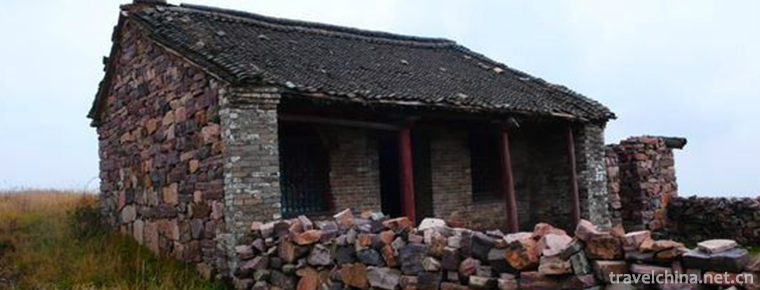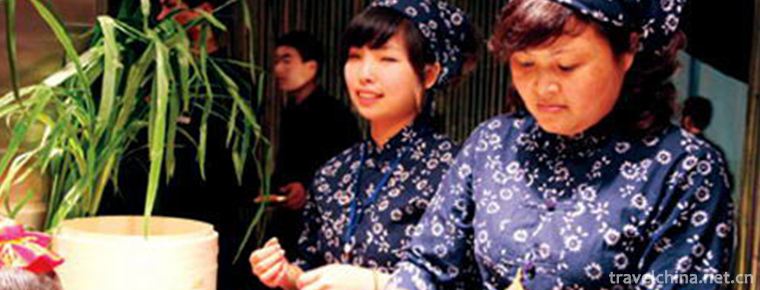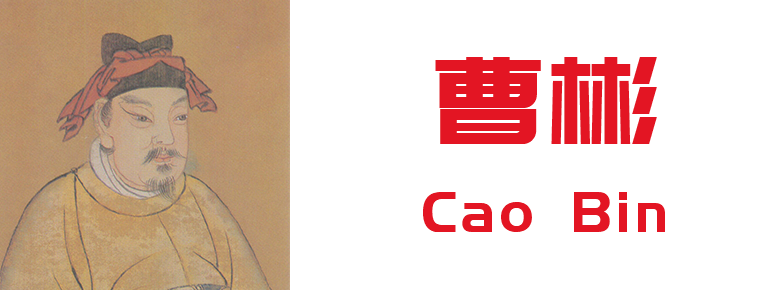Coconut carving
Coconut carving
Coconut sculpture is made of coconut shell, coconut palm and coconut wood as raw materials, and is carved into various practical products and plastic arts by hand. Coconut sculpture is one of the specialties of Hainan Island. Coconut sculpture was often praised as "tribute to the south of heaven" for its tribute to the court by old officials. Coconut carving crafts are novel in style, simple in shape, elegant in picture, lightweight in texture, integrated with ornamentality and practicability, and have a strong Hainan style. Carving technology includes plane relief, three-dimensional relief, flower relief, as well as three-dimensional carving with brown and shell inlay carving and other techniques . Coconut sculpture is an important part of Hainan's tourist crafts.
On June 7, 2008, the coconut sculpture was approved by the State Council to be included in the second batch of national intangible cultural heritage list.
In 2008, coconut sculptures in the eastern suburbs were listed in the provincial intangible cultural heritage list .
In 2014, it was successfully selected as the world's "outstanding handicraft badge certification" .
historical origin
Hainan coconut carving has a long history. The earliest ancestor of Li people in Hainan Island should be the first to use coconut shell. Li ancestors can make pottery and canoe very early, but compared with the complex pottery technology, the coconut shell available in the wilderness is acid-and alkali-resistant, making containers, may be more simple and casual.
However, the emergence of coconut sculpture embryos can only be traced back to the first year of Xuanzong in the middle Tang Dynasty (847). According to Liu Xin of Tang Dynasty, "Coconut trees, also like sea palm, are as strong as Ouyu, with thick skin as big belly, followed by hard shell, strong and strong, two-thirds thick. Those who are round as eggs cut off one end, grind it with sand and stone, remove its wrinkles, and put it in platinum. They think that the water jar is rare and lovely. There were legends at that time that coconut shells were poisonous and cracked. Lu Guimeng, a poet in Tang Dynasty, left a poem "coconut cups filled with wine and disinfection fog, and the wind drifted under banana leaves to catch a boat". "Notes of Eastern Guangdong" also contains that Li Deyu, a minister of the Tang Dynasty, once saw coconut shells into ladles, spoons, bowls and cups as eating and drinking utensils when he was relegated to Yazhou.
Later, clues about Hainan coconut sculpture began to flash in historical materials and literary sentences of past dynasties. Ming Dynasty "Zhengde Qiongtai Zhi" was uploaded, Song Shaosheng four years (1097). Su Dongpo lived in Daniel, once asked local artists to carve coconut shells into coconut caps called "coconut crowns", and then in the poem "Hezi by coconut crowns" sprinkled with pride: "Invite drunken guests with sparse scarves, and even pay the empty shell to the crown master." His poem Wine?} also describes the vivid scene of paying tribute to the court with coconut sculpture wine?}: "Choosing tribute and supporting Shangtian Street". By the Song Dynasty, delicate coconut bowls, cups and pots had become popular at scholar-bureaucrat banquets.
In Ming and Qing dynasties, coconut sculpture was often paid tribute to the court as a treasure by officials, so it had the nickname "Tiannan tribute". In the Qing Dynasty Grand Banquet milk tea bowl information, also found the record of coconut carving. Drinking milk tea in Qinggong should be accompanied by a royal bowl with good quality and exquisite workmanship. At that time, Guangdong paid tribute to the milk tea bowl made of coconut shell. The outer wall of the bowl was coconut shell. On the thin surface of the coconut shell, the craftsman carved pines, bamboos and plums with delicate hand convex patterns, and the inner wall was inlaid with silver. Coconut silver bowl is simple and lightweight. It is one of the few milk tea bowls in the Qing Palace. The emperor not only used it for small and medium-sized banquets, but also was the preferred drinking utensil when he drank milk tea plainly. In the book Haigong Case of Qing Dynasty, "Coconut Carved Ink Box" appeared many times. As for the late Qing Dynasty and the early Republic of China, coconut carvings as gifts and supplies have become very common.
Coconut carving artists of past dynasties have made coconut carving skills more and more perfect, and gradually formed a unique national style and local color Crafts .
Production process
Through material selection, moulding, sculpture, flowering, mosaic, shaving, decoration and other processes, the sculpture techniques are sunken carving, relief, carving, brown carving, round carving, collage, oil color and so on. In addition to the original green shell carving, coconut carving is also combined with other carving materials and crafts to create a different kind of beauty, the more common are tin, silver, shellfish carving mosaic, gypsum mosaic, sandalwood mosaic, ceramic collage and so on. Products include small and exquisite fruit trays, rice bowls, wine, ornamental boxes, coconut beads necklaces, as well as rich and elegant tea sets, wine sets, vases, table lamps, trophies, as well as various high-end hanging screens, sitting screens, screens, etc. .
Process classification
Coconut carving technology is divided into three categories. One is coconut shell carving. Using the natural form of coconut shell, the coconut shell and shell are mosaically combined to form handicraft according to the design model. The products include coconut bowl, tea box, toothpick tube, ashtray, vase, erhu, collage crafts, etc. The second is the coconut palm carving. According to the natural texture effect of coconut palm, cut, cut, scald and other methods are used to form coconut monkeys, coconut pigs, coconut sisters and so on. Third, coconut wood carving. Coconut wood has always been used by Hainan folk processing into wooden beams to build houses. Later, craft factories began to process coconut wood into chopsticks, hairpins and other products. However, coconut shell carving is still the most widely used carving.
Carving technique
Hainan coconut sculpture techniques include plane relief, three-dimensional relief, flowery relief, as well as three-dimensional carving with brown and shell mosaic carving and many other types. The variety of coconut carving crafts has developed to more than 300 kinds, including tableware, tea set, wine set, cigarette set, vase, and various types of hanging screen, seat screen and so on. Its style is novel, the picture is elegant, the modelling is simple, the texture is lightweight, beautiful and practical. Coconut sculpture is a handicraft carved from coconut shell. Its shape is novel and varied. Its tone is simple and elegant. It has a unique artistic style and strong Hainan color.
Coconut Carving
The series of products, such as Coconut Girl, Lion, Monkey and Rabbit, created by the whole coconut, are novel, unique, vivid and vivid. They have won the first prize in the national tourism handicraft trade fair. Especially in the United States, Europe and Japan.
Coconut sculptures
Happy Couple
The Hymn of March 3rd
Walking alone
ZTE Four Spirits
Xiangyun Wanfu Bowl
Huafeng Return to Nest
Inheritance Representatives
Coconut carving is mainly produced in Haikou and Wenchang, Hainan Province. Only the writers and Gao Jia have the inheritance vein. After his death, Wen Bi was inherited by Wen Zhuan and Wen Zhuan. Wen Zhuan was passed on to his son Wen Jiafu and his apprentice Wu Mingju. Wen Jia mainly made models.
Gao Yusheng
Gao Yusheng is the representative figure of Gao Jia. He is proficient in design and sculpture. According to the genealogy of Gao clan, Gao Keren, the ancestor, had close contacts with Su Dongpo, and it is still a good story among the people in Hainan. Gao Yu left behind a large number of works in his lifetime, which had a wide influence. His skills were handed down to a large number of successors, such as his daughter Gao Jizhen and his proud disciple Zhang Jiefu.
Wu Mingju
Wu Mingju was born in September 1975; won the title of Hainan folk art master in 2009; won the gold medal of the first China (Huangshan) intangible cultural heritage traditional art exhibition in 2012; won the honorary title of the first Hainan provincial arts and Crafts Master in 2013; and won the title of China's Zhongxing Four Spirits Tu in 2013.( Shenzhen) Silver Award of the "Chinese Arts and Crafts Cultural Creativity Award" at the International Cultural Industry Expo; in 2013, it won the "Most Popular Folk Artists" on the Fifth Chinese Folk Artists'Day.
At the same time, he is the representative inheritor of the provincial intangible cultural heritage project of Hainan Province. He has been invited to participate in the production of large-scale shellfish carvings, a gift presented by the Hainan Provincial People's Government to the Hong Kong Government in celebration of the return of 1997. He also participated in the Hainan Week of the Shanghai World Expo on behalf of the Hainan Heritage Project (Coconut Carvings), which was displayed on the stage of Baogang, Haikou. Exhibition .
Inheritance Significance
While developing the market, the producers of coconut carvings inevitably encounter many obstacles.
First, according to the traditional sculpture method, a coconut carving work is completed manually for a long time, with complex technology, less natural output and high price. The products with good market sales are processed in batches, resulting in the imbalance between process production and market sales, which makes it difficult for folk artists to support their families. Traditional crafts are facing a crisis.
Second, most of the products produced by local artists are mainly self-management. Due to insufficient funds and limited market development, it is difficult to form a leading industry. Haikou Coconut Carving Craft Factory was disintegrated in the restructuring more than a decade ago. Workers had to find another job.
Coconut carving products are bound to go to the market, and traditional craftsmanship has become the "bottleneck" of production. In the face of such contradictory reality, the two voices of the inheritors express their own thinking.
One point of view is that the coconut sculpture production technology of the national intangible cultural heritage protection project is based on inheritance, and should be active inheritance, because the times are progressing, people's aesthetic taste also changes, so we should keep pace with the times. It is impossible to carve with one knife and one knife in the past. That is far from meeting the market demand.
Another kind of voice thinks that since it is right and wrong, we should strive to maintain the traditional state, not to mention the machine production. Otherwise, the meaning of "non-legacy" will be lost. Coconut sculpture focuses on the word "carving".
On the premise of protecting traditional skills, we should combine tradition with modernity, handicraft with machine, high-end with low-end products. High-end products are naturally pure traditional handicraft; while low-end mass-produced products may be matched with mechanical processing, in order to find a balance in market sales, traditional skills are also protected and inherited .
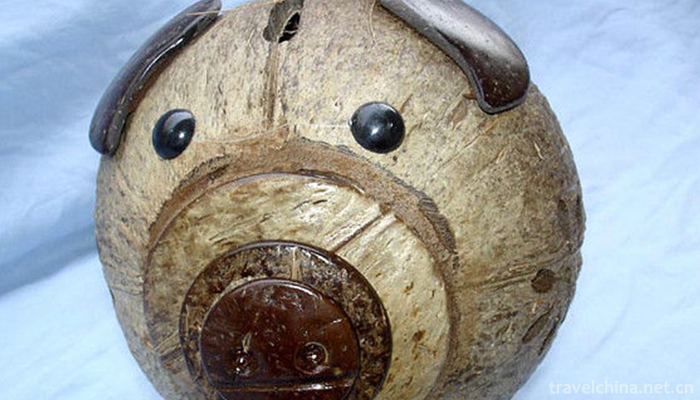
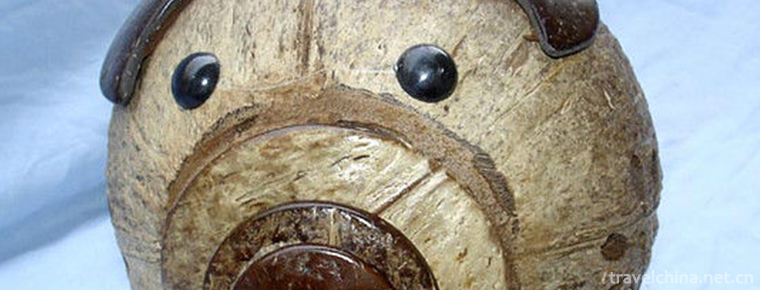
Coconut carving
-
Mount Hua
Mount Hua, known as "Xiyue" and "Taihua Mountain" in ancient times, is one of the five famous mountains in China and the birthplace of Chinese civilization
Views: 381 Time 2018-10-30 -
BaoGuGu National Forest Park
Baoqianggu National Forest Park, Shandong Province, is located in the southeast of Shanting District, Zaozhuang City, Shandong Province. Its geographical coordinates are 34 degrees north latitude 59'4
Views: 181 Time 2019-01-02 -
Eco health Tourism Resort in Sishui Shandong Province
"Shandong Sishui Violent Eco-health Tourism Resort" is a pioneer in China, which combines superior ecological environment, long-standing health culture and modern leisure and vacation indust
Views: 233 Time 2019-02-13 -
Yinghu Scenic Area
Yinghu, a national AAAA-level tourist area, is located 16 kilometers southwest of Ankang City, Shaanxi Province. The total area is 102.8 square kilometers, including 77 square kilometers
Views: 188 Time 2019-03-05 -
Tea ceremony
Tea art is a kind of culture. On the basis of Chinese excellent culture, tea art has absorbed and borrowed other art forms extensively, and expanded to literature, art and other fields
Views: 226 Time 2019-04-15 -
Changdian Temple
Changdian Temple Fair is a traditional folk custom and folk religious belief activity in Beijing. Among the many temple fairs in the old capital city, only the temple fairs in Changdian
Views: 188 Time 2019-04-16 -
Ningde Huo Boy Line Lion
Ningde Huo children's lion is a traditional folk culture, which controls the lion's movement and expression through silk thread. Line lion is mainly pulled by head rope, tail rope and parotid rope, so
Views: 93 Time 2019-06-08 -
Panwang Song
Panwang Song is a collection of Yao folk poetry. Mainly spread in the residential areas of the Yao nationality in Nanling Mountains, Jianghua is a folk literature with distinct national characteristic
Views: 142 Time 2019-06-08 -
The Legend of Shun
Shun was born in Zhufeng Village, Yongji County. His surname is Yao and his name is Chonghua because of his double pupils. Soon after his mother gave birth, he died. His father married a stepmother an
Views: 142 Time 2019-06-16 -
Production Techniques of Wufangzhai Zongzi
The traditional production techniques of Wufangzhai zongzi are mainly divided into 36 processes, such as material selection, rice dipping, leaf boiling, stuffing, shelling, wrapping, thread binding an
Views: 238 Time 2019-06-29 -
Cao Bin
Cao Bin (931 - 999 years), Zi Guohua, really decides Lingshou (now Hebei). Northern Song Dynasty The founding fathers.
Views: 192 Time 2019-09-15 -
History of Deyang
In ancient times, it was a place of hundred PU. In the fifth year of King Shenliang of Zhou Dynasty (316 BC), that is, in the ninth year of gengyuan, King Huiwen of Qin Dynasty, Qin destroyed the two states of Bashu and established two prefectures of Bashu. Today, Deyang Prefecture belongs to Shu Prefecture. County under the county, County Pavilion.
Views: 139 Time 2020-12-14
